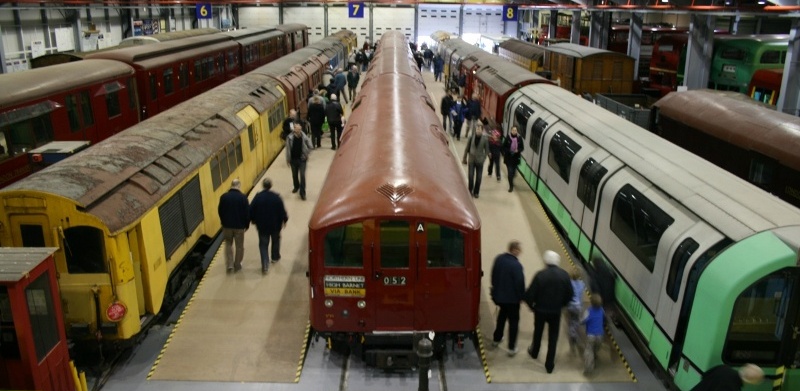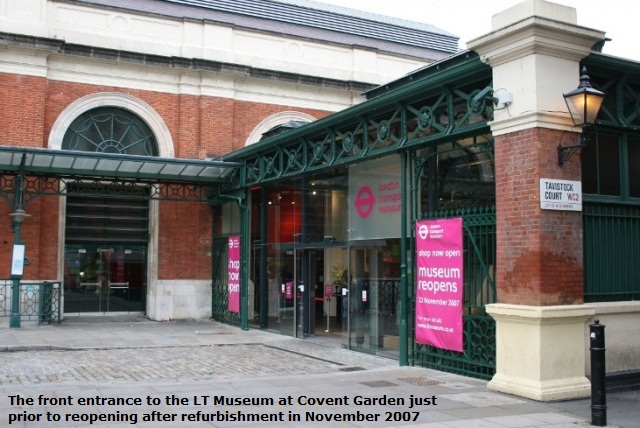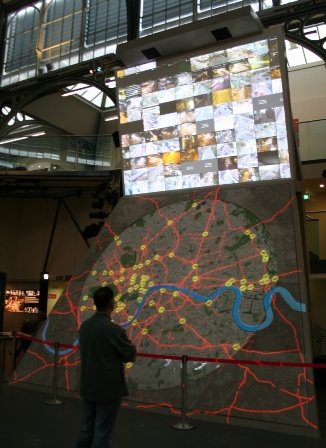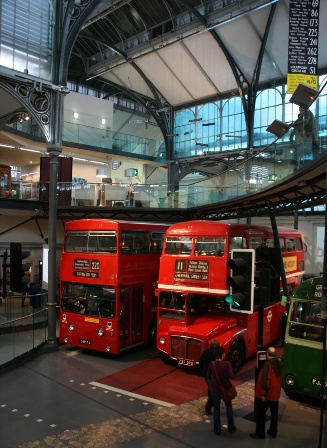 |
|
Londonís Transport Museum |
||||||||
|
|
||||||||
|
London Transport Museum: About Us The museum is home to a truly enviable number of items in historical terms, housed at two sites, one in the heart of London at Covent Garden, the other is at Acton to the South West of the city. The latter performs a dual role in that it acts as a depot for both saved buses and trains, whilst also housing thousands of other collectable items not on show at Covent Garden... |
|
The Covent Garden Museum Located unassumingly to one side of Covent Garden sits a gem, a history lesson telling the story of Londonís transport network. The London Transport Museum has lived in the Victorian grade II listed Flower Market building since 1980. Before then it had spend much of the 1970s at Syon Park, Brentford and prior to that in a former bus garage in Clapham. |
|
|
|
Then twelve years later the museum closed for nearly two years having raised £22.4 million of investment from a number a varied sources such as the National Lottery (£9.4 million), TfL (£5 million), the LT Museum Friends as well as a range of other donations from a range of commercial and private sources. Reopened by the then London Mayor, Ken Livingstone and designer Vivienne Westwood on 8 November 2007, this most recent refurbishment includes renewable energy in the form of solar panels to help reduce its energy costs. |
|
|
|
|
total collection of objects can be displayed at Convent Garden at a time. Many smaller exhibits are rotated with items also stored at the Acton Depot... speaking of which... |
|
Acton Depot Opened in 1999, the London Transport Museum stores the bulk of its collection at its storage depot just across the road from Acton Town station. The museum depot sits on what was once sidings serving the Undergroundís Acton depot and was funded by the Heritage Lottery Fund, with the expressed intention of being the first museum in Britain to allow access to its entire collection. There are 6 roads for preserved railway stock, each able to store 4 vehicles as well as a large collection of buses, including an early 1980s Leyland Titan. Smaller exhibits include a vast collection of station signage and furniture, 100,000+ photographs, countless plans & drawings, staff uniforms and original London Transport/Underground marketing material. Its fair to say that the collection is truly extensive and there are a number of different ongoing restoration projects. |
|||
 |
|||
|
Highlights of the railway stock stored here include:
The depot is opened for two weekends every year, normally in March and October, which are both themed. The March open weekend, for example, usually to focuses on London Transport in miniature... in other words model railway layouts. To discover more about the London Transport Museum and the variety of different themes that it analysis with regard to the history of transport in London, visit the museum website. To find out more about specific items that have been saved, both by the museum or those in other private collections, click on the Preserved Trains button above. |
|||
 |


